- Home
- Peter Corris
Sweet & Sour Page 2
Sweet & Sour Read online
Page 2
Dr Taft arrived and introduced me to the bottles of insulin with the rubber membrane over the top and the glass and metal syringe with its two needles – one for drawing up the insulin and a shorter one for the injection. He showed me how to purse up the flesh of my inner thigh, slide the needle in and press the plunger home. I did it the first time without a hitch. I was not then, and never have been, physically courageous, but injecting myself has never troubled me. I have now done it perhaps 30,000 times and, as Ned Kelly said: 'I think no more of it than to drink a cup of tea.' This was lucky; in those days, before the less formidable-looking disposable syringes and injection pens became available, some diabetics found the act impossible and needed a visit from a district nurse every day.
I was shown a roneoed list of forbidden foods and those that could be eaten, with careful measurement of their sugar content. All cakes, sweets, ice cream etc were out. I was taught to think of food in terms of 'portions' of 10 grams of carbohydrate. Mercifully, it did not have to be weighed, but the measurement had to be precise – a slice of bread was two portions, a serving of potato was so much, carrot was so much and the same with peas. Beans, lettuce, tomato, cabbage and other such watery and uninteresting foods were 'free' – diabetics could eat as much of them as they pleased. My daily allowance was 22 portions – six for each meal, one in between and two at bedtime. The theory was that the constant amount of insulin being injected should balance against the carbohydrate consumed, adjusted to the amount of exercise taken. This balance, where the blood sugar was supposed to remain as close as possible to that of non-diabetics, was called 'control'.
Within hours of the first injection, the thirst and hunger and the constant need to urinate left me. By evening I began to feel a renewal of energy and the meal wasn't too bad. I was so relieved to be rid of the debilitating and humiliating symptoms that the prospect of having to inject myself every day for the rest of my life and never again being able to eat chocolate cake or drink Coca-Cola did not bother me.
Like all Australian children of that time, I had been brought up on a high-fat, high-sugar diet. Sweet things – lollies, biscuits, cakes – were considered treats: rewards for good behaviour or celebratory indulgences. I had never had a particularly sweet tooth, although I ate icing sugar from the packet with a spoon on a couple of occasions and had Xmas and Easter binges. Excessive sugar had begun to take a toll on my teeth, which contained many fillings, but I was not obsessed with sweetness. I felt I would get by.
The dietitian explained certain things and several of the nurses talked to me as they went about their business. Only one thing about the whole bloody business of diabetes really worried me, and the presence of a couple of young, good-looking nurses intensified my concern.
I had never discussed sex with my parents. I had attended a 'Father and Son' night with my father at school but the sanitised biological style of the slide show was ludicrous. The only nitty-gritty reference to the subject in my youth was my father once saying to me: 'Your mother says you're not as clean in your habits as you might be.' (She, of course, washed my pyjamas.) So there was no way to come at the subject that terrified me directly.
They came to visit me in the evening and, very manly and brave, I showed them the syringe and needles and told them about the diet.
'Does this mean,' I said to them finally, 'that I can't get married?'
2He was only sixteen…
Honour the work, let our motto remind us
When courage weakens and stern grows the fight.
Melbourne Boys High School song
As a kid, fantasies of various kinds dominated my life. I was a swot who wanted to be a sportsman. In primary school I'd have gladly swapped my full marks for reading and writing for selection in the first 18 of the house football team. In my fantasies, I made that initial step, did well, and then was promoted to the school team.
It never happened; I languished in the thirds and fourths and scratch teams, well below the notice of those who selected the good players for higher things. Academic ability seemed to be doled out in inverse proportion to sporting talent; I never saw anyone, boy or man, deliver a stab pass better than Rusty Fenton, who couldn't pass a school test to save his life.
I was average, or thereabouts, at most sports and yearned to be better. I certainly put in the time and effort. In the football season, I played endlessly at kick-to-kick (Australian football, the only code of any significance in Melbourne at the time). We played in the schoolyard and in empty lots, paddocks that broke up the uniform rows of plain, working-class houses in the Yarraville street. Occasionally, I took a good mark and delivered an effective drop-kick, punt or stab-pass – the drop-punt unknown in those days – but not consistently. You had to be consistent to get a guernsey.
Given that, it is amazing that I once had fantasies of becoming World Welterweight Boxing Champion. I had a makeshift punching bag set up in my father's shed, and my uncle Phillip, who had been a preliminary fighter, took me to bouts at the old West Melbourne Stadium. I saw Dave Sands KO Al Bourke and cried a few weeks later when he died in a truck accident.
But a punching bag cannot hit back. A few bouts in the YMCA, culminating in one when I was struck on the nose and wept, put this fantasy to rest. However, I bet the kid who beat me hadn't read nearly as much about boxing as me. I bet he couldn't have named all the world heavyweight champions from John L Sullivan down to Rocky Marciano, the way I could.
So, pre-puberty, my fantasies were of sporting heroics. In books borrowed from municipal libraries, the YMCA library and the Athenaeum Library in Melbourne, I read about sports endlessly – boxing, cycling, cricket, football, tennis, athletics. And I 'tried out', as the Americans say, for all of them – with indifferent results. At sport, as a boy, I was a thinker who wanted to be a practitioner, a theorist who wanted actual success. I idolised John Coleman, Hec Hogan, Dave Sands and Russell Mockridge, and only much later came to consider the strange fact that all of them had died young.
Looking back, I can see the mechanics of it all. In the social group I belonged to, practical skills were rated above all others and intellectual talents (especially of boys) were not valued. I absorbed these values. A frustrated athlete, I compensated by learning everything possible about those who could 'do'.
I came closest to competence at tennis. The game suited my physique and my temperament: physically cautious. My father had played when young – how well I don't know – but he owned cream trousers and a racquet, so must have made some investment. My parents forked out from their limited resources for equipment and tennis lessons for my sister and me. From the age of eight or nine and for the next 10 years I spent Saturday and Sunday mornings on the red-brown en-tout-cas tennis courts of the Melbourne suburbs.
Thanks to Mr Strachan ('Mr' the only name I ever knew the teacher by), I had a strong flat serve and a convincing forehand. I was weak on the backhand side, good overhead, but shaky at the net. I played club tennis and house tennis at high school – still not making the school teams, where players like Colin Stubbs were on offer – and twice competed in the Victorian schoolboys' championships at Kooyong. I survived a round or two only at singles, but Tom Wild and I progressed a bit further in the doubles one year. Not to the finals, though.
Inspired by seeing John Landy and 'Chilla' Porter at the 1956 Olympics, I ran assiduously on the school grass tracks and jumped into the shallow sandpits. I set up a makeshift high-jump stand in the backyard and once cleared five feet with a scissors Jump. The height has to be regarded as suspect. I hit tennis balls against the back wall of the house until I was ordered to stop because of the wear and tear on the grass. Anxious about my lack of muscularity, I made weights by filling jam tins and oil cans with cement and joining them with a length of water pipe. I lifted and pumped until everything hurt, with no noticeable improvement in muscle tone.
The only things that came easily to me were reading and writing. I continued to be a good performer in the classroom and at exam
inations, especially after the Intermediate when I was able to drop Maths and Science and concentrate on the humanities subjects that suited me. Several of my high school contemporaries have achieved distinction in academia and the law and I was on a par with them, or very nearly. I also regularly scored in the nineties for History; life in Bentleigh was dull – the past was glamorous and exciting.
But Melbourne Boys High School, excellent place of learning and sporting arena that it was, had one great drawback – no girls. I had kissed a few girls in primary school but none since. I was strongly attracted to females of all colourings and contours but painfully shy. My sex life was in my head and my hand – since the age of 13 or 14 I'd masturbated to fantasies… Brigitte Bardot in And God Created Woman, photographs of naked native women in the National Geographic, steamy scenes from the historical novels of Jean Plaidy and others.
Social tennis should have smoothed my sexual path. After a growth spurt in 1958, my sixteenth year, I stood almost six feet tall. I was not much afflicted by acne; I had thick, blondish hair, straight teeth and I tanned readily in summer. All around me my contemporaries were getting sexual experience through tennis – at dances, parties, film nights (television was only two years old, video was 21 years away, and the only way to see Wimbledon and the French and US Opens was on film), and trips to the country. My shyness was less acute when on a court playing mixed doubles.
At 16, I felt I was on the brink. Then diabetes hit me.
3Hypodermics and 'hypos'
'I fought Sugar Ray Robinson so many times I shoulda got diabetes.'
– middleweight boxing champion Jake La Motta
Diabetics diagnosed within the last 20 years would find the technology we used in the 1950s and 1960s like something out of the Stone Age. Instead of light, disposable plastic syringes, sealed swabs and pen injectors, we stored our glass and metal syringes and three needles (one for drawing up the insulin, one for injecting and a spare) in screwtop plastic containers filled with surgical spirit. Swabbing was done with cotton wool and methylated spirits – a bottle to be kept filled, more accessories not to run out of – but the spirit became milky after a time and had to be changed. The needles and syringes had to be sterilised each week by boiling, a tiresome task for a teenager.
Even more cumbersome was the equipment for testing the sugar level. The most common method was the urine test already described. Another plastic container held the test tube, eye dropper and reagent tablets. The kit came with a chart for recording the results of each test. The chart was submitted to the endocrinologist periodically for review of one's 'control', a fiddly, boring procedure. I am sure I was not the only young diabetic to lie about it – to tell my parents I had tested when I had not, to neglect to enter the results or to falsify them. Still worse, urine testing did not really work.
The major breakthrough in the treatment of diabetes came in the mid-1970s with the availability of the glucometer – a computerised machine that enables diabetics to accurately test their blood glucose levels. Endocrinologists now admit that before the introduction of the glucometer there was no such thing as good 'control'. Some fortunate individuals were able to maintain near-normal blood sugar and have this more or less confirmed by urine testing, but for most it was a hit-and-miss affair.2
I spent several days in the hospital getting used to the routines of injecting, testing, maintaining the equipment and assessing the carbohydrate content of my food. This was to continue for a while at home but, fortunately, the September holidays were close and I would not miss much school. I enjoyed one aspect of my condition – being made a fuss of – but there was still the shadow of sexual inadequacy hanging over me.
I later learned that vascular damage of all kinds was thought to be an inevitable consequence of diabetes, however supposedly good the 'control'. This seemed to be confirmed by the observation that diabetics with good control suffered such damage, as well as those who were listed as 'uncontrolled'. Again, this was because the control was an illusion.
Despite the much publicised athletic successes of Talbert and Richardson and the intellectual achievements of such diabetics as H G Wells, there was a public perception of the diabetic as a frail, flawed creature. This was brought home sharply to me early in the '60s in the film Hud. In one scene Paul Newman is trying to placate the husband he has just cuckolded: 'Now Joe, you know you've got sugar diabetes.'
No fun to be cast as the cuckold rather than the stud.
Like any other Australian pagan I enjoyed a lie-in on weekends, but since the age of 16 I have not once 'slept in' in the morning: my day has begun with an insulin injection at approximately 7am.
I have developed a pattern where I get my deep sleep in the first stages and can readily wake up and function in the morning – a useful attribute and one of several things for which I have to thank diabetes. At first my mother had to call me at weekends but it soon became an ingrained habit and as a writer who likes to work in the morning, I came to value early starts in a quiet house after a solitary breakfast.
It was during the holidays, and my adjustment to the diabetic routine, that I experienced my first 'hypo' – diabetic jargon for hypoglycaemia, a drastic fall in the blood sugar level causing heavy sweating, physical weakness and mental confusion. I don't remember being warned against these events but perhaps I was. The cause in my case was invariably over-exertion at some activity – lawn-mowing or sport – without taking some sugar to retain the balance.
I sat in a chair in the living room on a warm afternoon and felt very peculiar. I had never sweated like this before; it was soaking my clothes and dripping into my eyes. My vision was affected by that and something else… a kind of distancing tunnel vision that made close objects seem small and far away. My mother found me before the level dropped too low and mixed a sickly sugar and milk drink that brought me out of it. I have had many such episodes since, and my saviour has always been a woman.
The hypo alarmed my mother and increased her protectiveness (already pretty well-developed as a result of the asthma phase in my childhood). As always in my family, euphemism prevailed over directness, and hypos were called 'reactions', a milder word. My mother was meticulous about my diet, insisting I carry barley sugar and the 'Diabetic Card' with me at all times.
The card, complete with my name, address and telephone number, read: I am a diabetic. If found behaving oddly please give me sugar. If I fail to respond call a doctor or an ambulance. I carried it, wrapped in plastic (laminating had not been invented) for years until it fell apart. It was not for another 20 years that I 'behaved oddly' enough to cause a member of the public to deal with me as recommended, and by then I wasn't carrying the card.
Hypos did not trouble me, perhaps because the ones I experienced at this time were not severe. I can't remember the insulin dose I was on (a mixture of Regular and Isophane insulins), but the amount was not large and consequently the sugar-lowering effect was not cataclysmic. In fact, I rather enjoyed the shift and sharpening (as it seemed) in mental focus that occurred in the early stages of a hypo. Once I stared at an apricot tree in our back yard and felt amused that I could count the exact number of carbohydrate 'portions' represented by the fruit on the tree. Later I was to experience much more profound and even transcendental insights into the nature of things when my sugar dropped.
When I returned to school I was briefly the focus of some attention, chiefly to do with the injections. Ignorance about diabetes was then, and still is, common. Some of my schoolmates wrongly assumed the disease was caused by eating too much sugar. Others mistakenly thought it was a hereditary taint. Interest in me soon waned when I appeared unchanged apart from slowly gaining weight and 'filling out', as I had long wanted to do. No more impulse purchases at the tuck-shop, though: it was dry biscuits for snacks, healthy sandwiches, fruit juice and milk for drinks. I used to go on long bike rides, 10 miles or so, and it had been one of my great pleasures to have a milkshake at the halfway point. No more.
; Although diabetes seemed not to change me outwardly, it was causing important changes psychologically and physiologically – in fact determining the shape and direction of my life.
The shyness and lack of self-confidence that had inhibited me sexually and socially, intensified. I had a feeling that my life was artificially maintained, that it might well be shortened by vascular disease, and the shadow of impotence hung over me as it was to do for much of my adult life.
Poorly controlled diabetes causes changes in eyesight and these began in my case almost at once. Within two years I would be wearing glasses to correct deficiencies in my long sight, and over that period I lost the acuity that is essential to good tennis. 'Watch the ball onto the racquet,' Mr Strachan had instructed us and, although it is all but impossible to do when playing at a high level, it is still good advice. When I couldn't see the ball clearly and anticipate its flight correctly (although I wasn't aware of the fact), my weak backhand became even weaker and I had less confidence at the net. My previously reliable serve went off because I could no longer judge the distance between net and service line. I could still hit a strong forehand, almost by instinct, but it wasn't enough.
Playing bad tennis is no fun and is certainly no way to attract girls. I found excuses not to play at the club and any hope I might have had of making some social and sexual strides through tennis fell away.
The tennis club had provided my only contact with females, apart from my mother and sister, since the age of 12. The southern suburbs of Melbourne were islands of alienation; we 'lived next door' to people but had no neighbours in the full sense of the word. School friends were males. I passed through a post-pubescent phase when homosexual experimentation might have been likely, but the rigid macho code of the time, and my class and circumstances (it must have been different at boarding school), made such activity literally impossible. I do not imagine that I was alone in this dilemma; shy boys like me were locked into heterosexuality and locked out of it at the same time. It was not a comfortable place to be and I cowered in it.

 The Brothers Craft
The Brothers Craft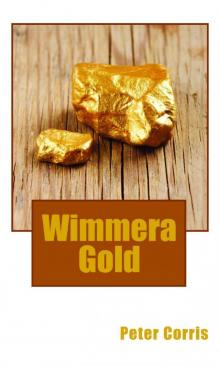 Wimmera Gold
Wimmera Gold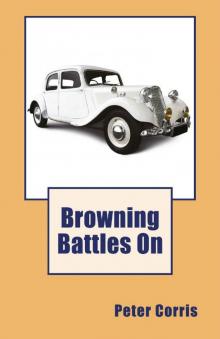 Browning Battles On
Browning Battles On Get Even
Get Even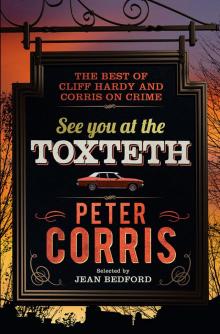 See You at the Toxteth
See You at the Toxteth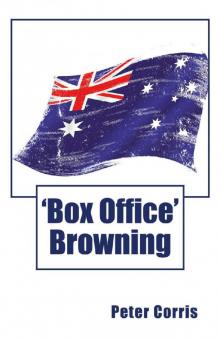 Box Office Browning
Box Office Browning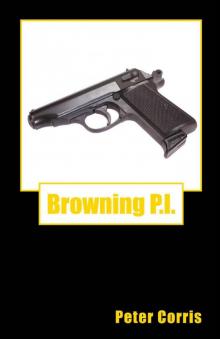 Browning PI
Browning PI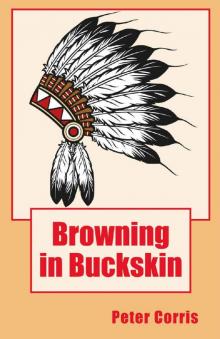 Browning in Buckskin
Browning in Buckskin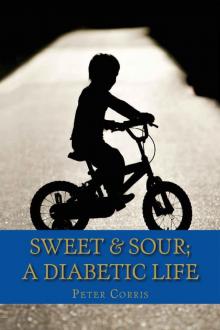 Sweet & Sour
Sweet & Sour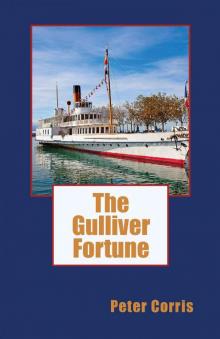 The Gulliver Fortune
The Gulliver Fortune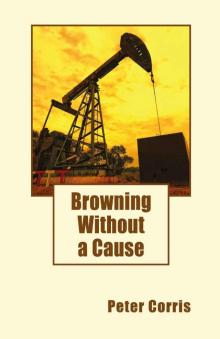 Browning Without a Cause
Browning Without a Cause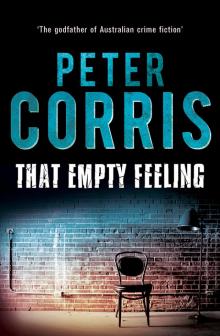 That Empty Feeling
That Empty Feeling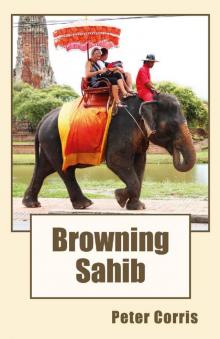 Browning Sahib
Browning Sahib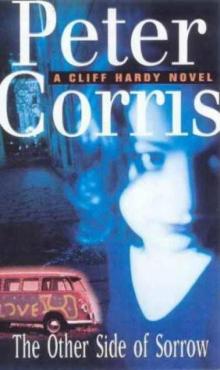 The Other Side of Sorrow ch-23
The Other Side of Sorrow ch-23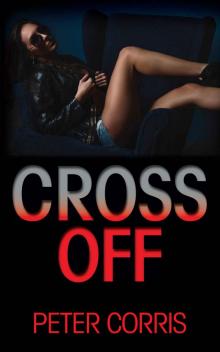 Cross Off
Cross Off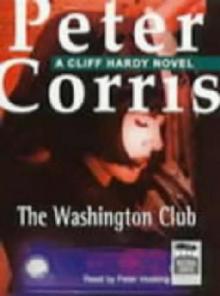 The Washington Club ch-19
The Washington Club ch-19 Deal Me Out ch-9
Deal Me Out ch-9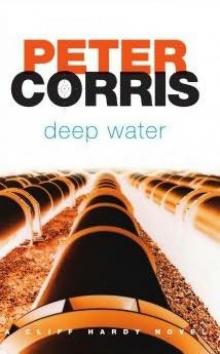 Deep Water ch-34
Deep Water ch-34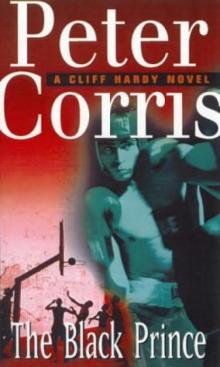 The Black Prince ch-22
The Black Prince ch-22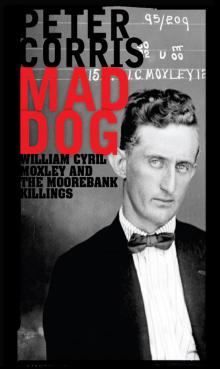 Mad Dog Moxley
Mad Dog Moxley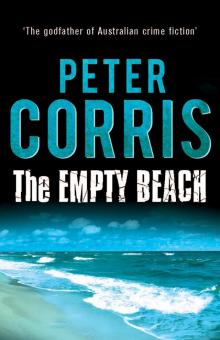 The Empty Beach
The Empty Beach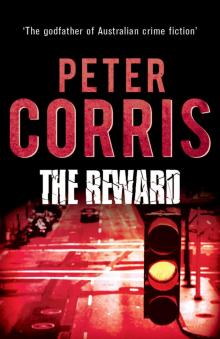 The Reward
The Reward Forget Me If You Can ch-20
Forget Me If You Can ch-20 O'Fear
O'Fear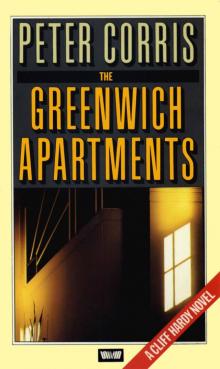 The Greenwich Apartments
The Greenwich Apartments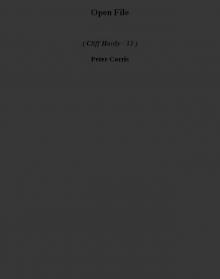 Open File ch-33
Open File ch-33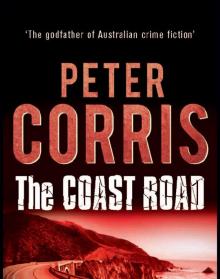 The Coast Road
The Coast Road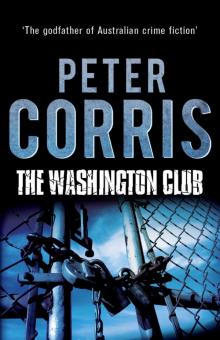 The Washington Club
The Washington Club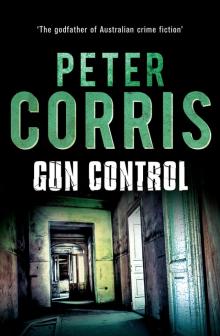 Gun Control
Gun Control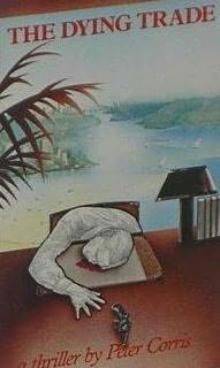 The Dying Trade ch-1
The Dying Trade ch-1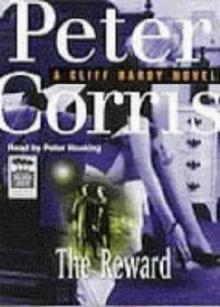 The Reward ch-21
The Reward ch-21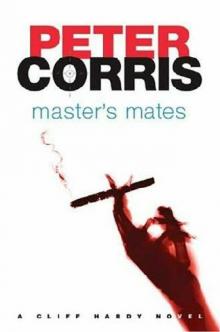 Master's mates ch-26
Master's mates ch-26![The Dunbar Case - [Cliff Hardy 38] Read online](http://i1.bookreadfree.com/i1/03/27/the_dunbar_case_-_cliff_hardy_38_preview.jpg) The Dunbar Case - [Cliff Hardy 38]
The Dunbar Case - [Cliff Hardy 38] The Winning Side
The Winning Side Burn, and Other Stories
Burn, and Other Stories Win, Lose or Draw
Win, Lose or Draw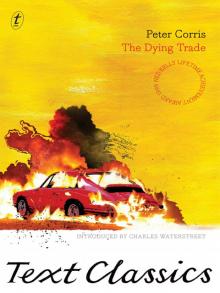 The Dying Trade
The Dying Trade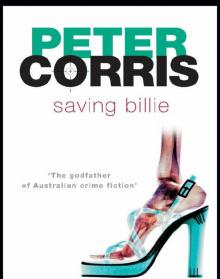 Saving Billie
Saving Billie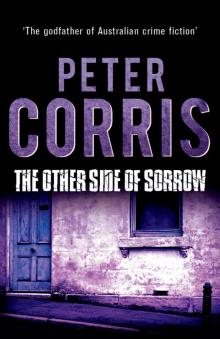 The Other Side of Sorrow
The Other Side of Sorrow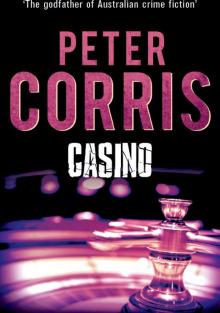 Casino
Casino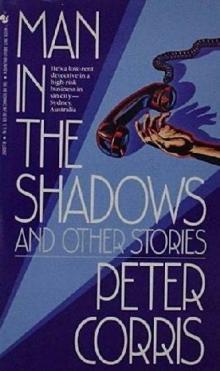 Man In The Shadows ch-11
Man In The Shadows ch-11 The January Zone ch-10
The January Zone ch-10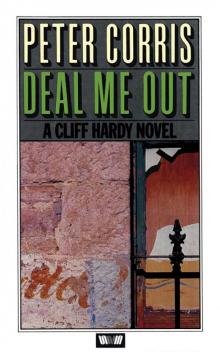 Deal Me Out
Deal Me Out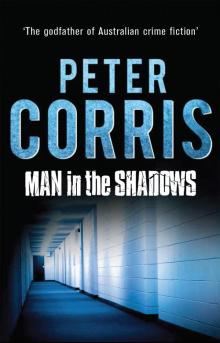 Man in the Shadows
Man in the Shadows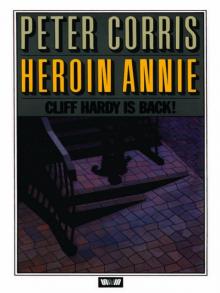 Heroin Annie
Heroin Annie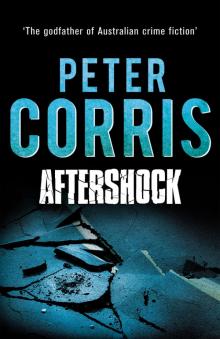 Aftershock
Aftershock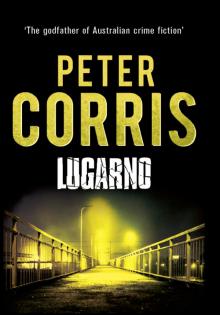 Lugarno
Lugarno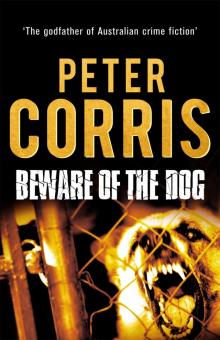 Beware of the Dog
Beware of the Dog Aftershock ch-14
Aftershock ch-14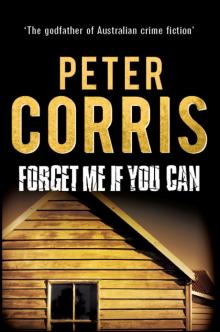 Forget Me If You Can
Forget Me If You Can The Big Drop
The Big Drop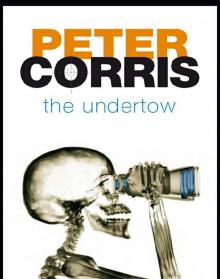 The Undertow
The Undertow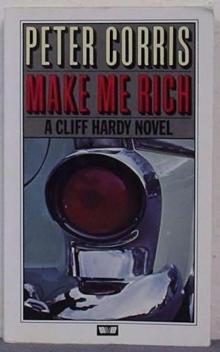 Make Me Rich ch-6
Make Me Rich ch-6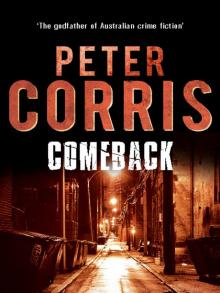 Comeback
Comeback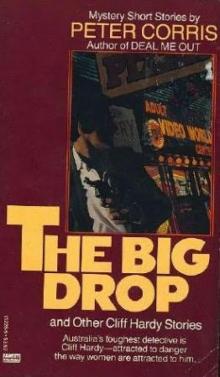 The Big Drop ch-7
The Big Drop ch-7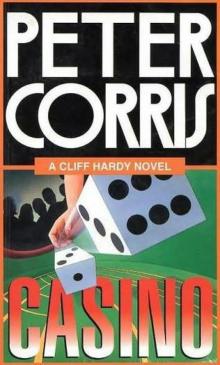 Casino ch-18
Casino ch-18![Comeback - [Cliff Hardy 37] Read online](http://i1.bookreadfree.com/i1/04/01/comeback_-_cliff_hardy_37_preview.jpg) Comeback - [Cliff Hardy 37]
Comeback - [Cliff Hardy 37]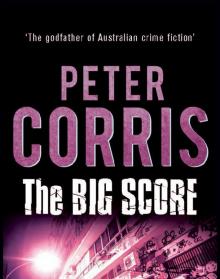 The Big Score
The Big Score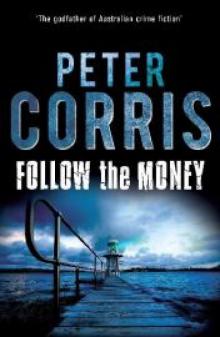 Follow the Money
Follow the Money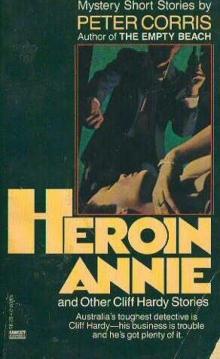 Heroin Annie ch-5
Heroin Annie ch-5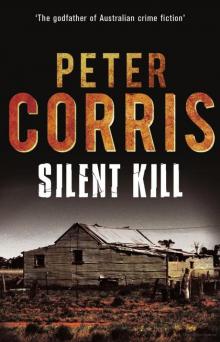 Silent Kill
Silent Kill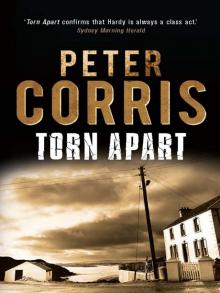 Torn Apart
Torn Apart The Marvellous Boy
The Marvellous Boy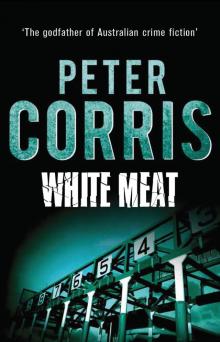 White Meat
White Meat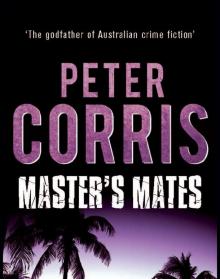 Master's Mates
Master's Mates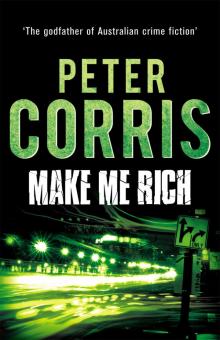 Make Me Rich
Make Me Rich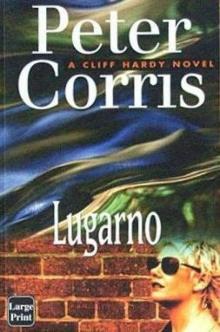 Lugarno ch-24
Lugarno ch-24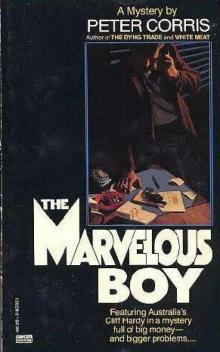 The Marvellous Boy ch-3
The Marvellous Boy ch-3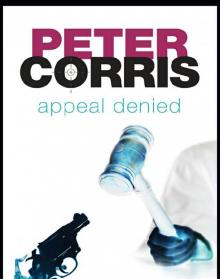 Appeal Denied: A Cliff Hardy Novel
Appeal Denied: A Cliff Hardy Novel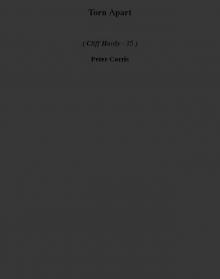 Torn Apart ch-35
Torn Apart ch-35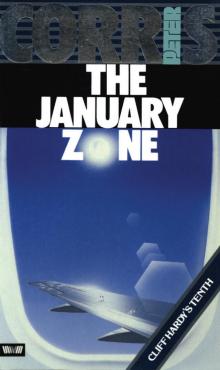 The January Zone
The January Zone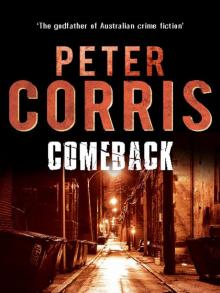 Comeback ch-37
Comeback ch-37 Saving Billie ch-29
Saving Billie ch-29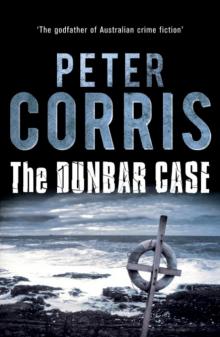 Dunbar Case
Dunbar Case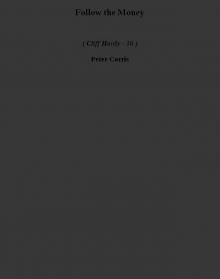 Follow the Money ch-36
Follow the Money ch-36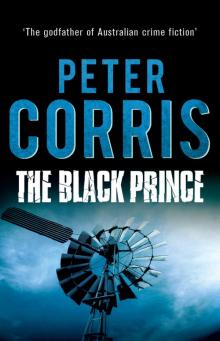 The Black Prince
The Black Prince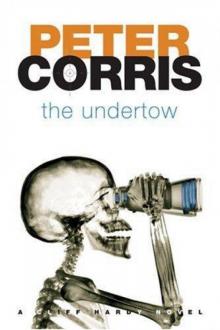 The Undertow ch-30
The Undertow ch-30 Taking Care of Business ch-28
Taking Care of Business ch-28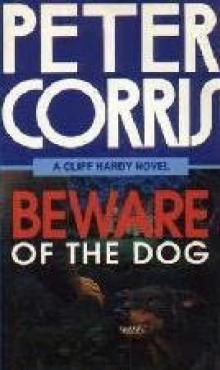 Beware of the Dog ch-15
Beware of the Dog ch-15 Burn and Other Stories ch-16
Burn and Other Stories ch-16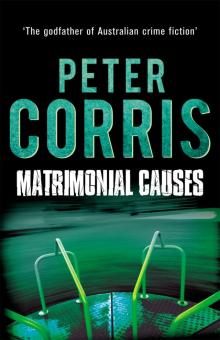 Matrimonial Causes
Matrimonial Causes Matrimonial Causes ch-17
Matrimonial Causes ch-17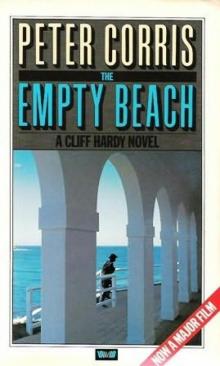 The Empty Beach ch-4
The Empty Beach ch-4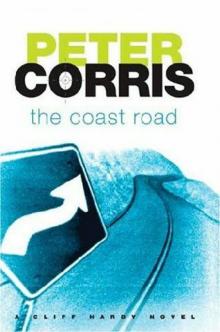 The Coast Road ch-27
The Coast Road ch-27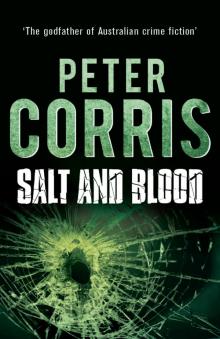 Salt and Blood
Salt and Blood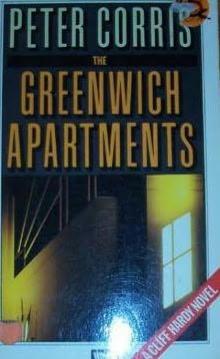 The Greenwich Apartments ch-8
The Greenwich Apartments ch-8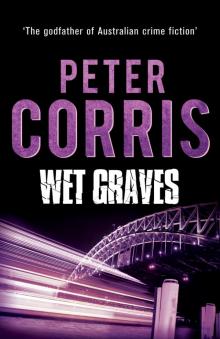 Wet Graves
Wet Graves